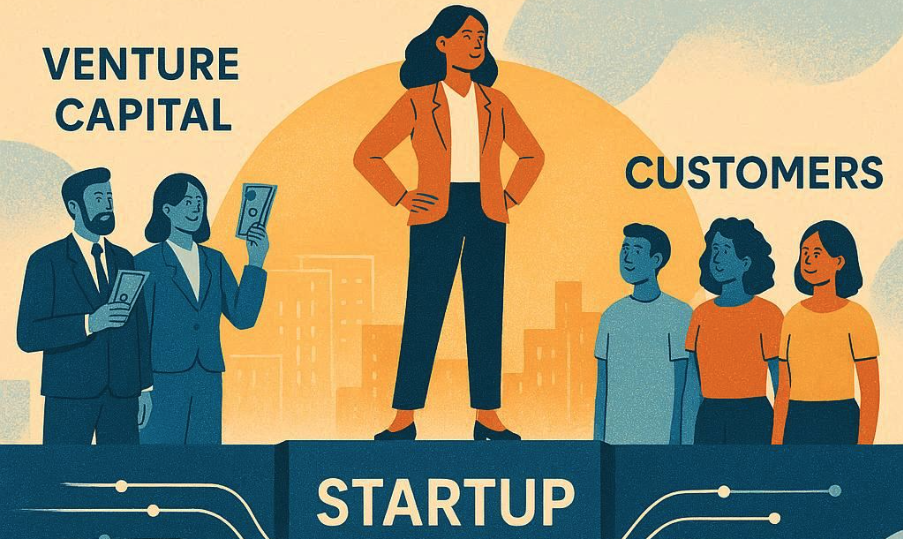AI-Driven Go-To-Market Shift | 매거진에 참여하세요
AI-Driven Go-To-Market Shift
#GTM #Startup #Survival #Efficiency #AI #SeriesC #TechCrunch
Late-Stage Startups : From Growth at All Costs → Efficiency First
In today’s startup ecosystem, one phrase echoes everywhere:
“It’s no longer about growth, it’s about efficiency.”
For late-stage startups (Series C and beyond), this isn’t just a slogan: it’s survival.
- Product-market fit is already proven.
- Revenue growth slows compared to earlier stages.
- Customer acquisition costs (CAC) keep rising.
The old playbook—hiring more sales reps, burning cash on marketing—simply doesn’t work anymore.
At TechCrunch Disrupt 2025, one theme stood out:
👉 AI is fundamentally rewriting the Go-To-Market (GTM) playbook.
Why Traditional GTM Is Broken
Sales Force Expansion
The old way: open new offices, hire dozens of sales reps, chase contracts one by one.
The problem: massive payroll + long sales cycles.Big Marketing Campaigns
The old way: splashy conference booths, endless online ads, branding blitz.
The problem: skyrocketing ad spend, low conversion to revenue.
Traditional GTM = “buying time with money.”
But in today’s funding environment, that math no longer works.

How AI Is Reshaping GTM
1. Automated Sales
AI writes hyper-personalized outreach based on industry, role, and interests.
CRM data becomes predictive: AI scores leads by conversion likelihood.
Sales teams focus only on high-probability customers.
2. Smarter Marketing
AI generates blog posts, ad copy, and social content in bulk.
Real-time A/B testing identifies top-performing variants instantly.
Teams can kill weak campaigns early and double down on winners.
3. Reinventing Customer Success
AI detects churn risks by analyzing product usage patterns.
Chatbots handle common support, while managers focus on complex issues.
The result: lower costs + higher satisfaction + better retention.
Opportunities vs. Risks
Opportunities
Dramatically lower CAC.
Cross-border scaling with multilingual AI support.
Unified data insights → faster answers to “why revenue grew or dropped.”
Risks
Privacy concerns if customer data is misused.
Brand damage if AI delivers wrong or misleading information.
Increasing regulatory scrutiny on AI usage.

Beyond Tools: Organizational Redesign
AI is not just another SaaS tool, it forces a structural rethink of GTM itself.
KPIs must be redesigned for AI-augmented workflows.
The role of sales and marketing teams must evolve.
Data governance and trust become non-negotiable.
Startups are no exception:
SaaS companies can tap AI-driven outbound to target overseas markets.
E-commerce players can unify AI-driven recommendation + marketing engines.
But all must proactively address data security and reliability.
Conclusion
For late-stage startups, AI is no longer optional.
It’s the difference between burnout and breakout.
The new GTM mantra:
Not “hire more people,” but 👉 “redesign GTM with AI at the core.”






